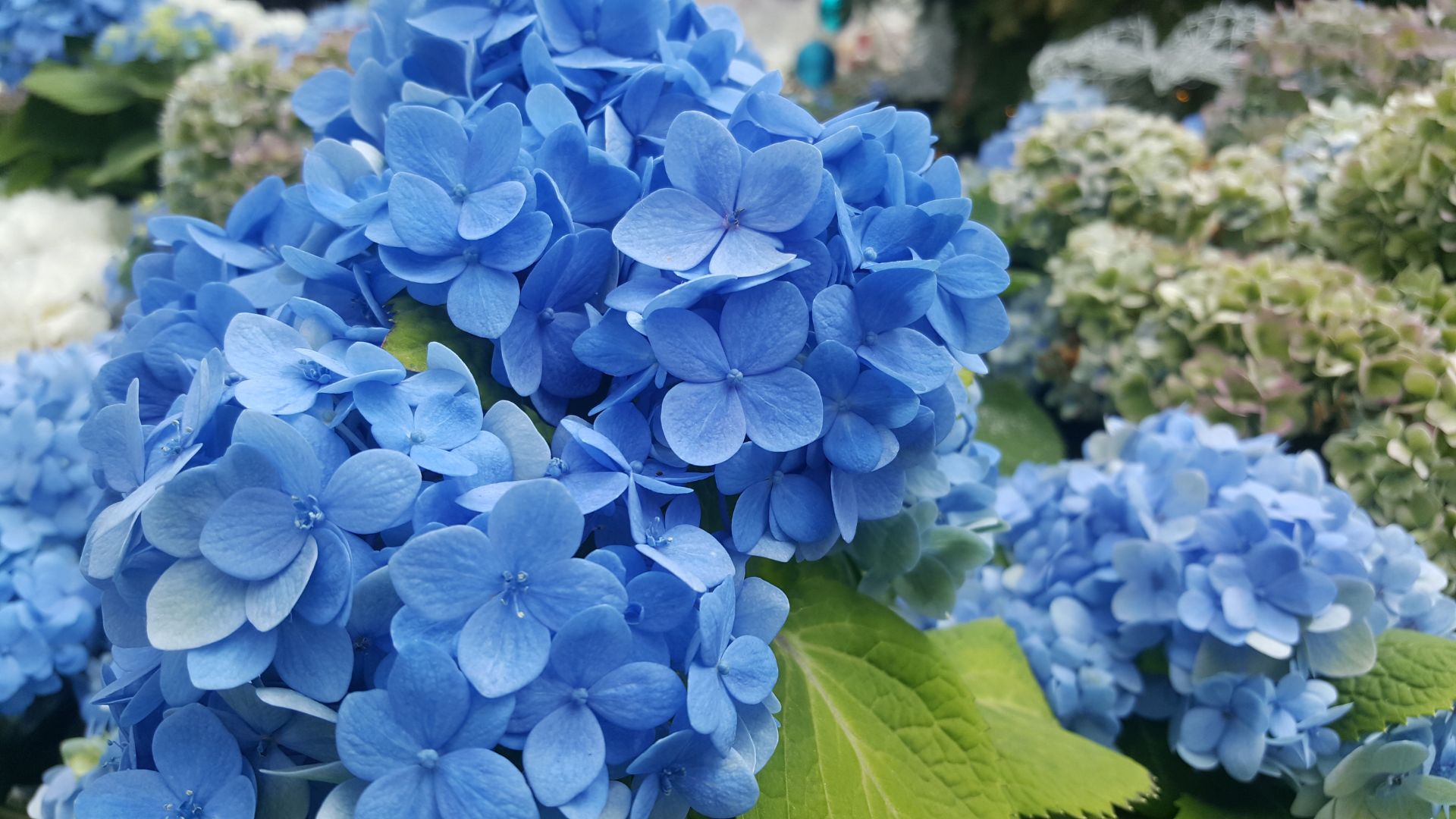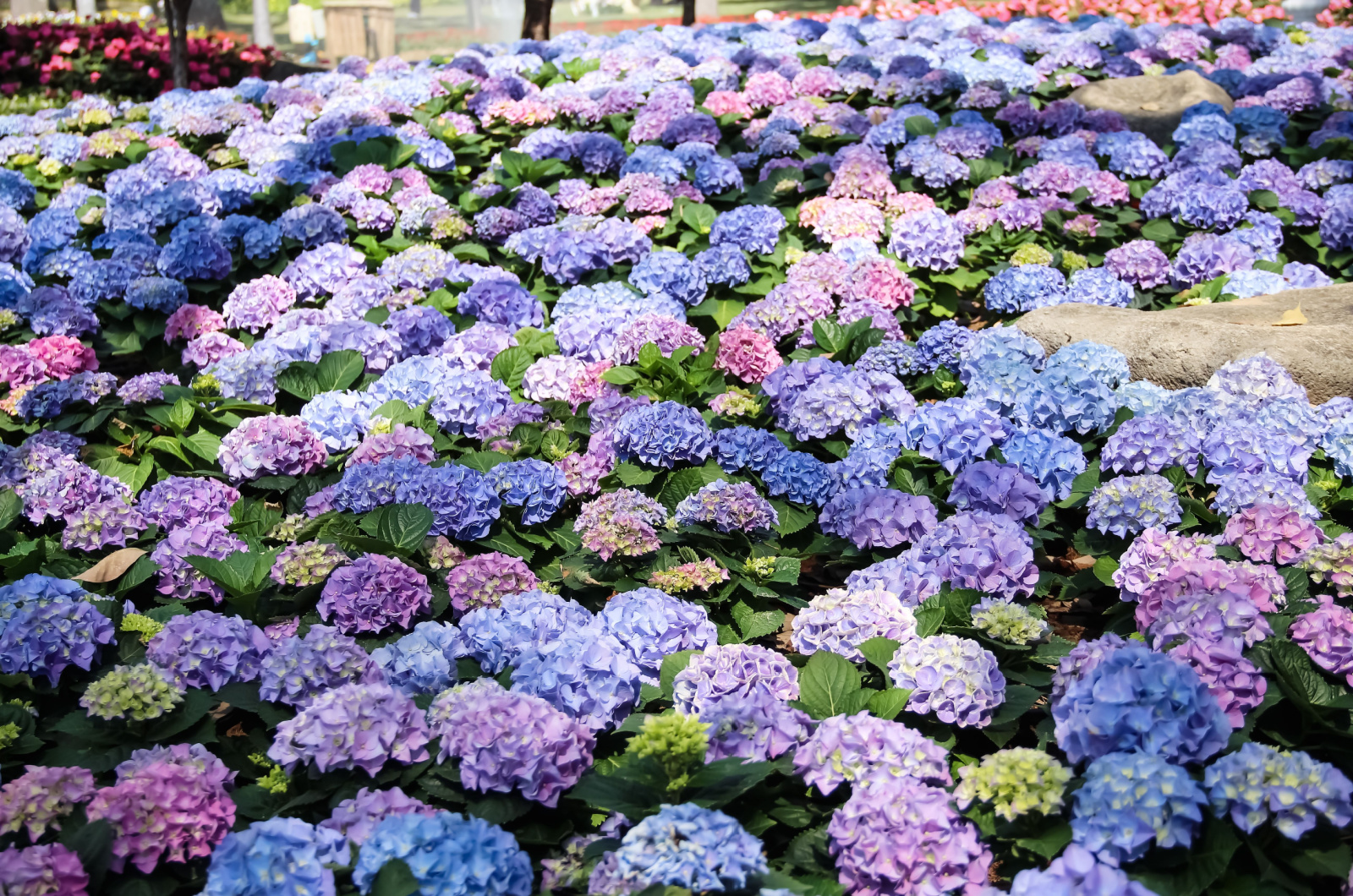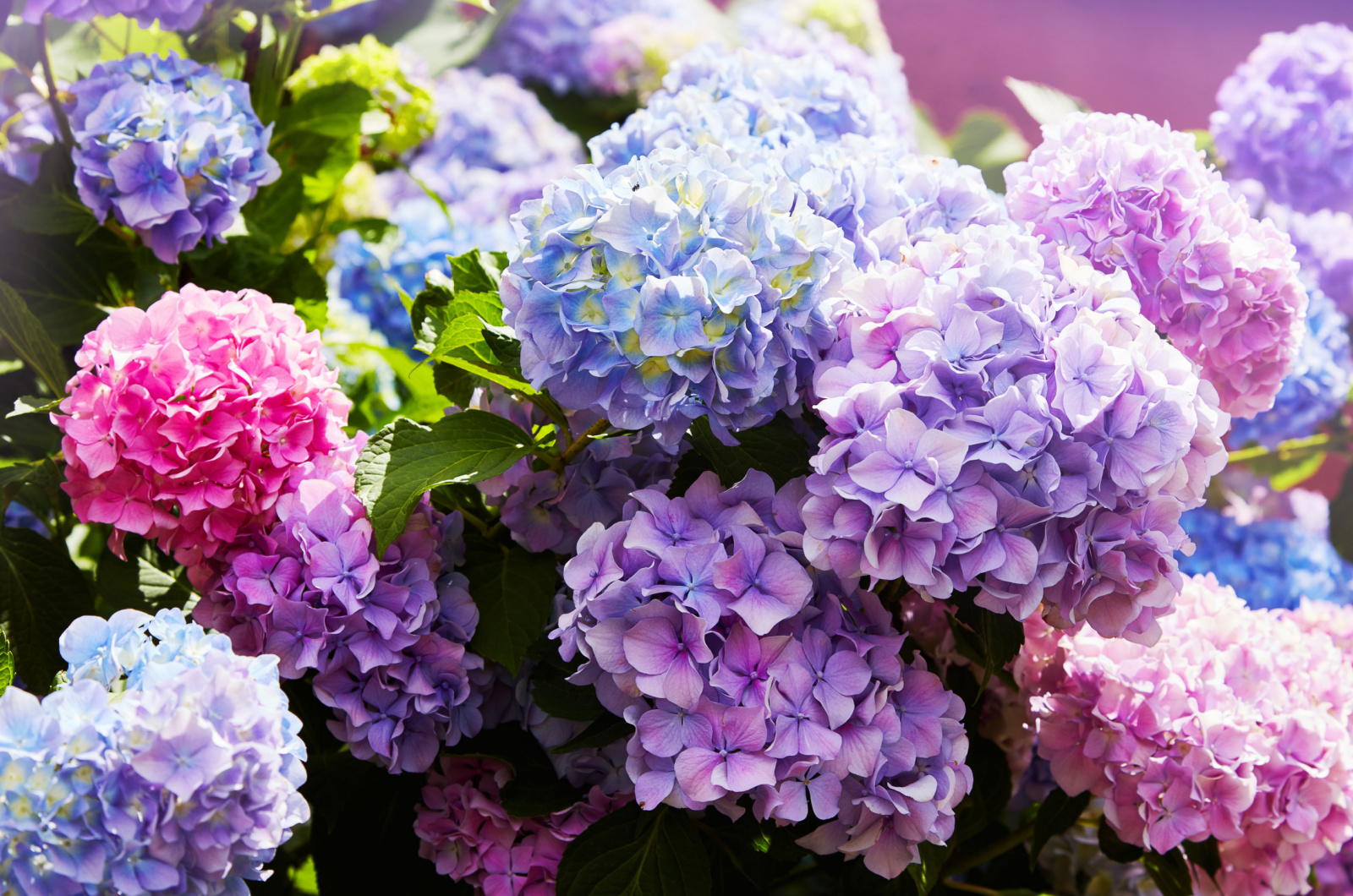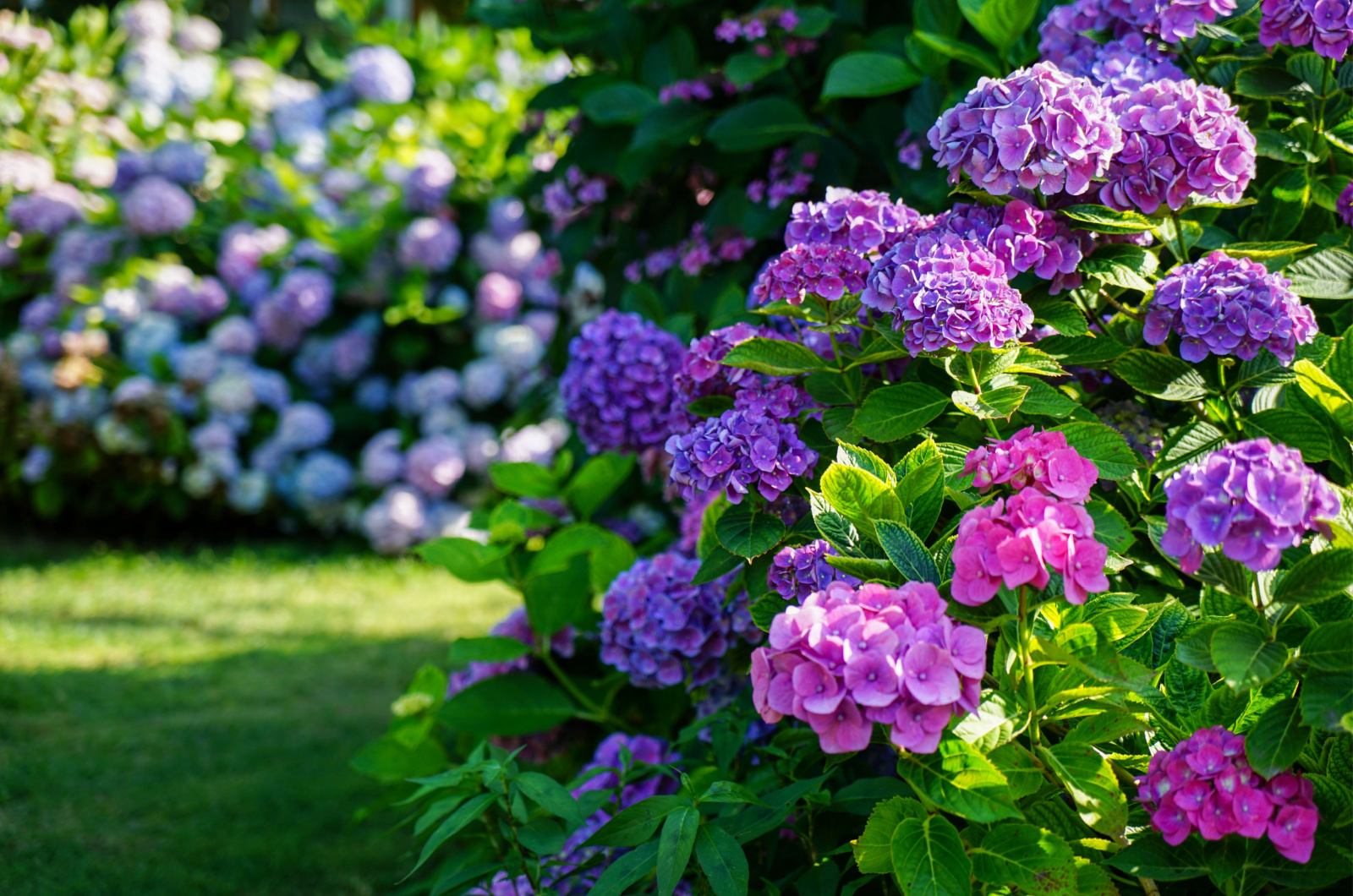Mesmerizing-blue blossoms, the ability to rebloom, excellent cold tolerance, and a compact growing habit – this hydrangea has it all.
The Pop Star hydrangea is a novel addition to the Endless Summer collection introduced by Bailey nurseries. (1)
It’s been selling out quickly and a part of the reason for its popularity is its incredibly simple-to-follow care guide.
Let’s dive in!
A Better Hydrangea
There are many gorgeous types of hydrangeas out there, but this one definitely deserves a bit more attention.
It is hardy in USDA zones 4-9, like other varieties from the Endless summer collection. And the tests revealed that it can withstand temperatures of 0°F and still bloom prolifically the following year.
The plant dies back, but it can still produce new stems and ample blossoms once the weather warms up.
Another advantage of Pop Star hydrangeas over other varieties is the fact that it stays compact and doesn’t exceed 18-36 inches, depending on the conditions in which you grow it.
The strong stems can handle heavy blossoms without drooping or any support, which would taint its looks. Speaking of blooms, they have a fine and lacy texture, making them more attractive than mopheads.
Bailey nurseries have another lacecap variety from the same collection, the Twist and Shout. However, it is larger and more suitable for more extensive projects, such as growing a hedge, using it as a border plant, or even a focal point.
The Pop Star hydrangea is smaller and can fit in perfectly wherever you want, be it a container on a patio or a small flower bed.
Lacecap varieties generally attract numerous pollinators and the Pop Star hydrangea lives up to the expectations.
Long-Lasting In Flower Arrangements
One reason many gardeners love growing their own hydrangeas is to use them in flower bouquets and indoor flower arrangements.
And the bright colors of the Pop Star hydrangea make a terrific choice with their long shelf life and vivid colors.
Cut the flowers in the summer so that the shrub can rebloom and fill in the gaps, staying gorgeous as ever.
You can also use this plant in dry arrangements. Place it in a vase filled with 2 inches of water and let it evaporate naturally. Over time, the hydrangea will dry out and become perfect for permanent home decorations.
Pop Star Hydrangea Care Guide
With proper care, you can change the color of your hydrangeas, have them produce abundant blossoms, and see them growing like crazy.
Here are some tips that can help you out!
Lighting
This hydrangea does best in dappled shade, but that doesn’t mean you can’t expose it to direct sunlight.
The Pop Star cultivar loves direct morning sunlight and afternoon shade, so make sure to provide it with these conditions, especially in warmer climates.
Finally, this plant will do better with more light if you live in USDA zones 6 or lower.
Watering
This plant needs consistent moisture for optimal growth, and it will still droop and wilt a bit on hot afternoons.
Check the moisture every 1-2 days (every day during summer) and water it whenever the top few inches of the soil are dry.
The good news about the Pop Star hydrangea is that it wilts less than other varieties and can survive with less water.
Soil
The Pop star hydrangea needs a rich, loamy, well-draining, and loose potting mix to thrive. You can get a high quality medium in any store or you can make it yourself.
Just know that it will change color based on the pH value of the substrate. In alkaline soils, the Pop star hydrangea is pink, and it’s blue in acidic ones.
Fertilizing
Fertilizing hydrangeas is fairly simple and will ensure you never have to witness your shrub poor in blossoms.
Bloom boosters specially made for acid-loving plants work amazingly well.
And if you’ve planted your hydrangeas in a bed next to your lawn, make sure not to apply the lawn-fertilizer to them accidentally. The high nitrogen content promotes lush vegetative growth at the expense of flowers in hydrangeas.
Pruning
A great thing about this plant is that it doesn’t require that much pruning, especially if you want to control its shape and size.
This variety is naturally compact and won’t overgrow the spot you choose for it.
The only thing you should do is deadhead spent flowers so that your star can grow new flowers and splash your garden with color from spring to fall.
Planter Care
Caring for potted hydrangeas is simple. The only difference is that you’ll have to water your plant a bit more frequently and repot it every 3-5 years.
Okay, you will have to protect your Pop Star from harsh winter weather in zones 4-6 and move them to a sheltered location, such as a shed or garage.
In warmer regions, simply protect your hydrangea from strong and cold winds and let it wait for spring outside.
References:
1. Endless Summer® Introduces Pop Star™ Hydrangea (2022). Bailey Nursery.




